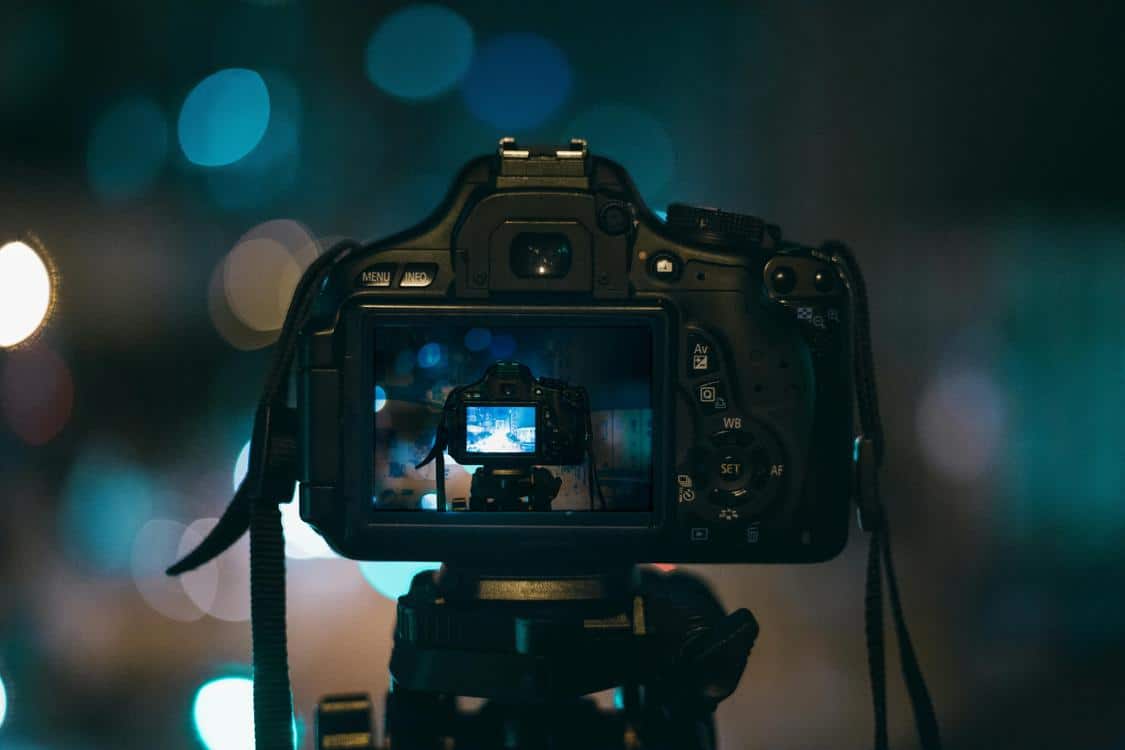Ethical photography is a vital aspect of the profession, and it’s important to consider the impact your work may have. This includes seeking consent from subjects and respecting their privacy. It also means avoiding any manipulation or alteration of an image, unless it’s explicitly stated as a creative choice.
Moreover, ethical photography supports social and environmental change by raising awareness and inspiring action. It also encourages photographers to be empathetic and compassionate towards their subjects, clients, and audiences.
Photojournalism
Photojournalism is a form of journalism that captures images with the purpose of reporting current events. This type of photography has a long history and has been shaped by several factors. Its ethical landscape is constantly changing, and it is difficult to predict where it will be in the future. Nevertheless, certain trends are likely to impact the future of photojournalism’s ethical standards — explains Clare Gelderd.
Photojournalists often encounter people in vulnerable situations. These people may be suffering from war, famine, or natural disasters. While it is important to document these events, it is also important to respect the dignity of the subject and protect their privacy. Ideally, the photographer should obtain the consent of the subject before taking the photograph. This way, the subject will not feel abused or exploited. In addition, the photographer should provide adequate context to the image.
While the ethics of photojournalism are complex, the most fundamental principles include truth, fairness, and impartiality. These principles are embodied in the Code of Ethics of the Society of Professional Journalists. These rules are essential to photojournalism’s integrity and should be embraced by all photographers.
There are many ethical dilemmas that photojournalists must face on a daily basis. For example, when a subject is in distress, a photojournalist must decide whether or not to take a picture. Some situations require that the photojournalist put down the camera and help the subject instead. But if the subject is trying to make a political statement by self-immolating, it might not be possible to help him or her.
Another ethical issue involves retouching and digital manipulation. Although these tools can improve an image, they should be used sparingly. Using excessive retouching or digital manipulation can cause the viewer to question the authenticity of the image. This can damage a photographer’s reputation and create trust issues in the news industry.
Photojournalists are frequently placed in dangerous situations. While it is their professional duty to document these events, they must balance this obligation with their personal safety. In addition, they must consider the impact of their work on the audience. For example, some photos are so disturbing that they can cause psychological trauma.
Commercial photography
As a photographer, you may encounter situations in which your personal or professional values conflict with the expectations or demands of your clients, subjects, or collaborators. These are called ethical dilemmas and can be challenging to resolve. They can also affect your reputation and quality of work. It’s important to have a clear understanding of the ethical guidelines and standards of your profession so that you can make sound decisions when faced with an ethical challenge.
In photojournalism, ethical guidelines are set out to ensure that photographs tell the truth and represent people fairly. While these guidelines seem straightforward, there are many borderline cases that can be difficult to navigate. For example, a photographer might doctor an image to misrepresent its reality or context. This is unethical and can cause harm to the subject or the viewer. It is also important to respect the dignity of the subjects in your photographs and avoid exploiting them for monetary gain.
Photographic ethics are constantly evolving, and the future looks even more uncertain as the boundaries between photojournalism and commercial photography become increasingly blurred. For example, more and more people are using mobile phones to capture images of events that can be published online. These images are often distributed by traditional news outlets and can appear next to those captured by professional photographers. This has created new challenges for photographers who have a responsibility to report the truth.
Ethical photography is essential to building a sustainable business, attracting clients, and establishing your credibility and reputation as a professional. It can also help you support social and environmental change by raising awareness and educating people about important issues that impact our world.
One of the most significant ethical challenges for photographers is deciding how much photo manipulation is acceptable. While retouching can be an effective way to improve a photograph, it’s important to be aware of the limits and not cross the line. For example, removing a dust particle from an object is one thing; altering its shape, size, or color is another.
It’s also important to communicate clearly and transparently with your clients about their ethical values and expectations. This will help you to maintain a healthy working relationship and avoid any misunderstandings or conflicts of interest. You should also consider seeking feedback and advice from peers or mentors, especially if the issue is complex or ambiguous. This will give you a different perspective and allow you to develop creative solutions for your ethical dilemmas.
Documentary photography
Documentary photography is an art form that aims to capture real events and convey a message about the world. While some photographers focus on street or portrait photography, others use their work to highlight important social issues. These photos can inspire people to take action and make a change. This type of photography is an excellent way to raise awareness about human and animal rights. In addition, it can also help people connect with a different culture and environment.
There are several ethical considerations for documentary photographers, including how they should portray their subjects and how to handle controversial topics. Documentary photographers should strive for accuracy and realism in their work, while also being aware of power dynamics and avoiding stereotypes. They should also be conscious of their own biases and try to avoid influencing the subject’s perception of the event.
Another issue that documentary photographers must face is how to obtain consent. This can be especially challenging when shooting in sensitive situations, like natural disasters or war zones. It is important to maintain open communication with the subject and keep them updated as the project progresses. This will ensure that everyone feels comfortable and will give you the best possible results.
Moreover, documentary photography can be difficult to master because of its spontaneity. If you are not prepared for the spontaneity of this style, you might miss some important moments. However, if you are prepared for it, you can get some amazing photographs. The key is to know what to look for in the moment.
For example, if you are taking pictures of a family, try to relax and let the moment happen naturally. This will help you capture the best candid moments and make your photographs more authentic. It will also help your children feel comfortable in front of the camera. Moreover, you should not force your children to smile for the camera. Instead, ask them to show their personalities through their expressions.
Documentary photography is a powerful tool for raising awareness about social issues and creating an emotional connection with the viewer. It is a genre of photography that has been around for over 100 years, and it continues to be a vital part of the visual arts. Whether you’re documenting the plight of homeless people or photographing an international conflict, this type of photography can have a significant impact on society.
Fine art photography

While many types of photography serve a commercial purpose, like wedding and event, portrait, fashion, and landscape, there’s one niche that exists for the sole purpose of making art, known as fine art photography. While this may seem like a small distinction, it’s important to understand the differences between fine art and other types of photography.
Fine art photography is defined by the artistic vision of a photographer. It can be anything from clean black-and-white portraits to quirky, off-the-wall art that seems to have no discernible subject. The goal of fine art photography is to create works that look like paintings, rather than simply photographing a real-life scene.
Many photographers are drawn to the idea of fine art photography because it offers them creative freedom. Unlike photojournalism and commercial photography, fine art photography is not influenced by a client’s needs or the product they are selling. Instead, it is a way for photographers to express themselves through their work and show off their talents.
Another benefit of fine art photography is that it can give photographers a chance to network with other artists in the community. This is especially important for photographers who are hoping to get their work into galleries. By networking with other artists, photographers can learn more about the latest trends in art and may even find opportunities to collaborate on projects.
There are several ethical considerations that must be addressed by any photographer who hopes to make a name for themselves in the world of fine art photography. For example, it’s important for photographers to respect their subjects’ privacy and not take photos without permission. They should also ensure that their images accurately reflect the subject matter and not mislead viewers.
Finally, photographers must be careful with their post-processing techniques. While this is often necessary for the sake of achieving the desired effect, it can also lead to unethical practices. Some photographers are tempted to manipulate their photos too much, which can distort the reality of a scene.
Ethics in photography are a complex issue, and they can differ from one context to the next. In some cases, it is impossible to determine the right course of action. For instance, a photographer may not know how to obtain consent from a subject in a certain context. Moreover, ethical principles vary from country to country, and what is considered ethical in New York may not be the same in Shanghai.




